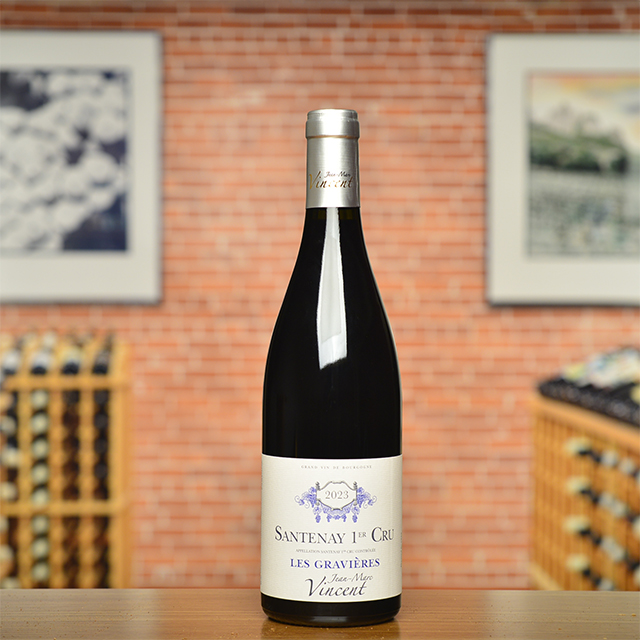Notify me
2018 Morgon “Côte du Py”
Jean Foillard
Serious minerality, with earthy stone and plum notes. Dusty tannins and a long evolution in the glass that keeps you studying.
—Katie Dodds
| Wine Type: | red |
| Vintage: | 2018 |
| Bottle Size: | 750mL |
| Blend: | Gamay |
| Appellation: | Morgon |
| Country: | France |
| Region: | Beaujolais |
| Producer: | Jean Foillard |
| Winemaker: | Jean Foillard |
| Vineyard: | 10-90 years, 8.6 ha total |
| Soil: | Schist, Granite, Manganese |
| Farming: | Organic (certified) |
| Alcohol: | 14.5% |
More from this Producer or Region

2024 Chiroubles “Cuvée Léa”
France | Beaujolais
Floral and succulent, bursting with notes of little red berries, but it is also delicate and light on its feet.

2023 Chénas “Vibrations”
France | Beaujolais
Its shimmering red fruit comes alive with a nice chill.

2021 Côte de Brouilly
France | Beaujolais
Alex Foillard fashions a Côte-de-Brouilly that strikes a deeper register, saturating the senses with tooth-staining fruit.
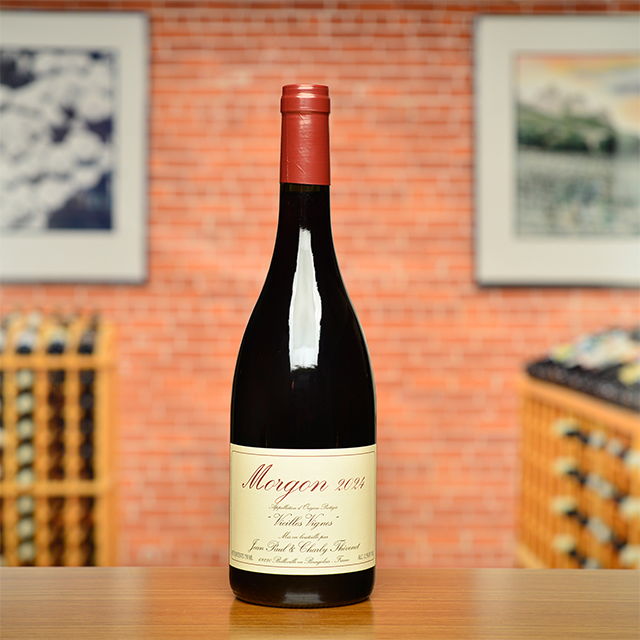
2024 Morgon “Vieilles Vignes”
France | Beaujolais
December Club Rouge ~ If Beaujolais were Burgundy, we might consider Morgon to be Vosne-Romanée, with its haunting perfume and silky texture, the proverbial iron fist in a velvet glove.

2023 Fleurie
France | Beaujolais
Light and living, charged with herbs, cranberry, and strawberry.
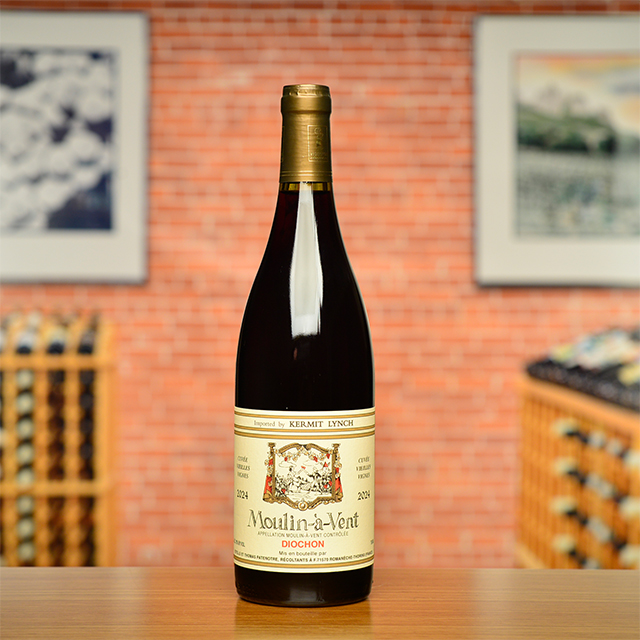
2024 Moulin-à-Vent “Vieilles Vignes”
France | Beaujolais
Moulin-à-Vent has a unique, earthy, chewy edge to it that you just can’t find anywhere else.
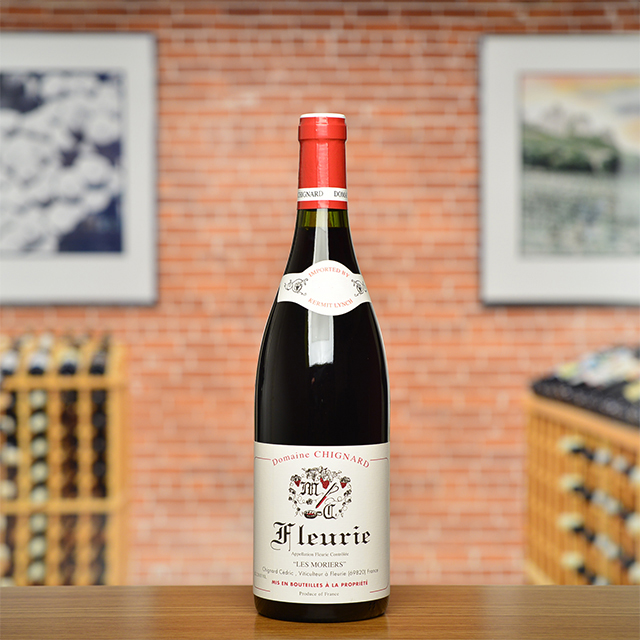
2024 Fleurie “Les Moriers”
France | Beaujolais
Chignard’s Les Moriers, coming from their old vines in the heart of this parcel, has distinction a-plenty, with a great mouthful of Gamay fruit to boot.
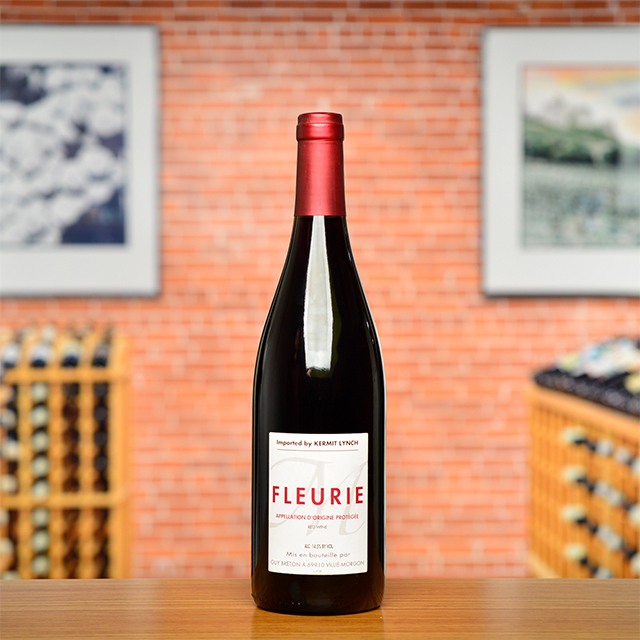
2024 Fleurie
France | Beaujolais
Guy Breton’s Fleurie is delicate, with buffed tannins and juicy fruit; it will leave your thirst slaked and your heart feeling light.

2024 Régnié “Grain & Granit”
France | Beaujolais
Here is a rich, bold Régnié, saturated with luscious fruit and earthy spice.

2024 Morgon “La Roche Pilée”
France | Beaujolais
This is textbook Morgon: bright, floral, and spicy, recalling juicy peach and sour cherry.
About The Producer
Jean Foillard
About The Region
Beaujolais

After years of the region’s reputation being co-opted by mass-produced Beaujolais Nouveau and the prevalence of industrial farming, the fortunes of vignerons from the Beaujolais have been on the rise in the past couple of decades. Much of this change is due to Jules Chauvet, a prominent Beaujolais producer who Kermit worked with in the 1980s and arguably the father of the natural wine movement, who advocated not using herbicides or pesticides in vineyards, not chaptalizing, fermenting with ambient yeasts, and vinifying without SO2. Chief among Chauvet’s followers was Marcel Lapierre and his three friends, Jean Foillard, Guy Breton, and Jean-Paul Thévenet—a group of Morgon producers who Kermit dubbed “the Gang of Four.” The espousal of Chauvet’s methods led to a dramatic change in quality of wines from Beaujolais and with that an increased interest and appreciation for the AOC crus, Villages, and regular Beaujolais bottlings.
The crus of Beaujolais are interpreted through the Gamay grape and each illuminate the variety of great terroirs available in the region. Distinguishing itself from the clay and limestone of Burgundy, Beaujolais soils are predominantly decomposed granite, with pockets of blue volcanic rock. The primary vinification method is carbonic maceration, where grapes are not crushed, but instead whole clusters are placed in a tank, thus allowing fermentation to take place inside each grape berry.
Much like the easy-going and friendly nature of many Beaujolais vignerons, the wines too have a lively and easy-drinking spirit. They are versatile at table but make particularly good matches with the local pork sausages and charcuterie. Though often considered a wine that must be drunk young, many of the top crus offer great aging potential.
More from Beaujolais or France
2024 Beaujolais MAGNUM
Domaine Dupeuble France | Beaujolais
2024 Morgon “La Roche Pilée”
Jean-Paul et Charly Thévenet France | Beaujolais
2021 Beaujolais Blanc “Terrain Rouge”
Jean-Paul et Charly Thévenet France | Beaujolais
2024 Morgon “Vieilles Vignes”
Jean-Paul et Charly Thévenet France | Beaujolais
2024 Fleurie “Les Moriers”
Domaine Chignard France | Beaujolais
2024 Côte de Brouilly
Château Thivin France | Beaujolais
2024 Côte de Brouilly HALF BOTTLE
Château Thivin France | Beaujolais
2024 Fleurie
Guy Breton France | Beaujolais
2023 Chénas “Chassignol”
Domaine Thillardon France | Beaujolais
2024 Côte de Brouilly MAGNUM
Château Thivin France | Beaujolais
2024 Brouilly “Reverdon”
Château Thivin France | Beaujolais
2021 Brouilly
Alex Foillard France | Beaujolais
2024 Beaujolais MAGNUM
Domaine Dupeuble France | Beaujolais
2024 Morgon “La Roche Pilée”
Jean-Paul et Charly Thévenet France | Beaujolais
2021 Beaujolais Blanc “Terrain Rouge”
Jean-Paul et Charly Thévenet France | Beaujolais
2024 Morgon “Vieilles Vignes”
Jean-Paul et Charly Thévenet France | Beaujolais
2024 Fleurie “Les Moriers”
Domaine Chignard France | Beaujolais
2024 Côte de Brouilly
Château Thivin France | Beaujolais
2024 Côte de Brouilly HALF BOTTLE
Château Thivin France | Beaujolais
2024 Fleurie
Guy Breton France | Beaujolais
2023 Chénas “Chassignol”
Domaine Thillardon France | Beaujolais
2024 Côte de Brouilly MAGNUM
Château Thivin France | Beaujolais
2024 Brouilly “Reverdon”
Château Thivin France | Beaujolais
2021 Brouilly
Alex Foillard France | Beaujolais
Kermit once said...

Kermit once said...
Let the brett nerds retire into protective bubbles, and whenever they thirst for wine it can be passed in to them through a sterile filter. Those of us on the outside can continue to enjoy complex, natural, living wines.
Inspiring Thirst, page 236

